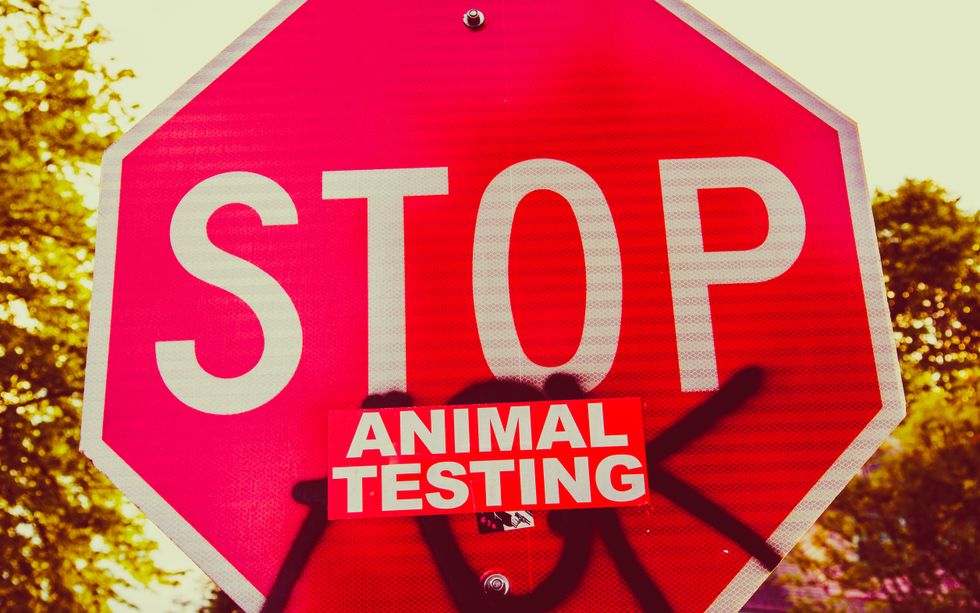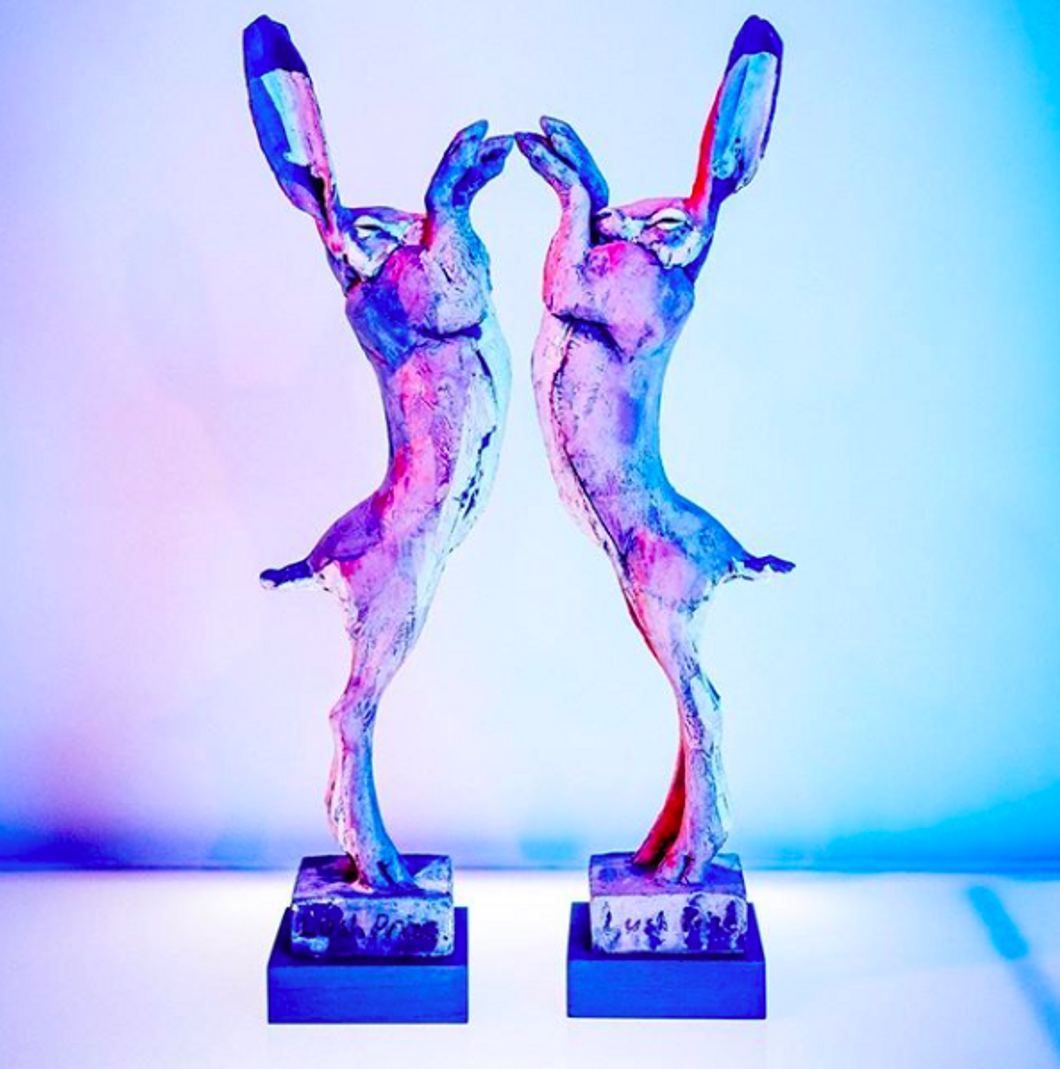Cruelty free is the term we use to describe makeup, shampoo, cleaning products, and similar items that were not tested on animals. On November 5, 2018, COVERGIRL announced via Instagram that they are now a "Leaping Bunny certified by [Cruelty Free International]" company.
This has probably raised a few questions for people outside of the population of strictly cruelty free makeup users, like what does this mean, why is it a big deal, why doesn't every brand go cruelty free, etc., and has hopefully urged some people to dig deeper on this widespread issue.
I'm here to dive in on why you should go cruelty free and how to do it.
Why?

Let's talk about why we do test on animals and why we shouldn't.
So, first, we test on animals "to see if medicines, chemicals (including paints, dyes, inks, petrol products, solvents, tars and waste materials), cosmetics and other products are safe for use, and that they do their job effectively." That sounds okay, right? We're just trying to make sure using products are safe for us to use.
Except, "in these experiments, animals are forced to eat or inhale substances, or have them rubbed onto their skin or injected into their bodies. The animals are then subjected to further monitoring and testing before almost always being killed, so that researchers can look at the effects on their tissues and organs."
SEE MORE: Cruelty Free International--Types of Animal Testing
An estimated 115,000,000 innocent animals worldwide are experimented on each year, and the USA is the largest contributor to this excessively abundant figure.
Seems more like a problem, now, doesn't it? However, most people acknowledge this cruelty and think, "Well, animal testing is probably the best option, so it's worth it."
That isn't the case.
Alternative testing methods include cell cultures (human or animal cells created in a lab), donated human tissues, volunteer studies, and computer models. These methods are more accurate and even more affordable than testing on animals.
Skin irritation tests using rabbits are about 60% accurate, whereas using reconstituted human skin is 86% accurate. Skin allergy tests using guinea pigs predict human skin reactions around 72% of the time, and using chemistry in combination with cell studies create results that are 90% accurate. Testing on pregnant rats to see whether chemicals/products will affect unborn babies is a mere 60% accurate, while testing on a cell-based alternative is accurate 100% of the time.
Testing on animals is not only unnecessarily cruel, but it's not even the most accurate way to test.
How do I know what products are cruelty free?

I hope I've proven that animal testing is unnecessary. Now I want to share how you can promote cruelty free testing and help to eradicate it completely.
First, you'll need to know what companies do and don't test on animals. Many products that are cruelty free will note this on the product's packaging with a cruelty free logo (like the leaping bunny or the cruelty free bunny), but sometimes you have to do your own research, because not every company does this.

There are a few resources I suggest, and I've found the most reliable is Logical Harmony. Tashina, the creator of the blog, reaches out to brands to ask her questions about where their ingredients come from, if the ingredients were tested on animals, if a third party conducts testing but the brand itself does not, whether their parent company is also cruelty free, what products are vegan, etc.
Logical Harmony has several helpful lists to guide your cruelty free shopping experiences. For example, there are lists of cruelty free brands at Ulta, Sephora, and the drugstore (like Walmart or CVS), and even a list of every Logical Harmony approved cruelty free brand (i.e. brands Tashina has contacted and received responses to verify the status) that is updated every single week.
Another cruelty free company source is Cruelty Free Kitty, which has similar lists to Logical Harmony and more, including a list of Amazon's cruelty free brands, along with content about where the lines get blurry with cruelty free statuses--like brands that claim to be cruelty free but sell their products in China, where animal testing is required by law.
How do I get started?

Upon deciding to go cruelty free, you'll stare down at your makeup collection, however large or small, and see so many unfortunately non-cruelty free products. Don't throw them away!
You shouldn't throw away everything you have that isn't cruelty free--you've already bought it and spent your money on it. It's wasteful to simply throw it away, especially if you don't know of a cruelty free alternative to that product that you like. If you really want to get that product out of your life, look into local women's shelters and see whether you can donate any of your old makeup to women in need.
Once you make your decision to be cruelty free, only buy cruelty free products. No one is perfect, though, so if you can't find a cruelty free toothpaste you like, it's okay! Buying 90% cruelty free products is still impactful and saves plenty of lives.
Going cruelty free is a process and you're allowed to make mistakes. Just stay up to date with brands that change their status (NARS did this last year and is no longer cruelty free) as best as you can and have fun with trying products you've never thought to try before!

















